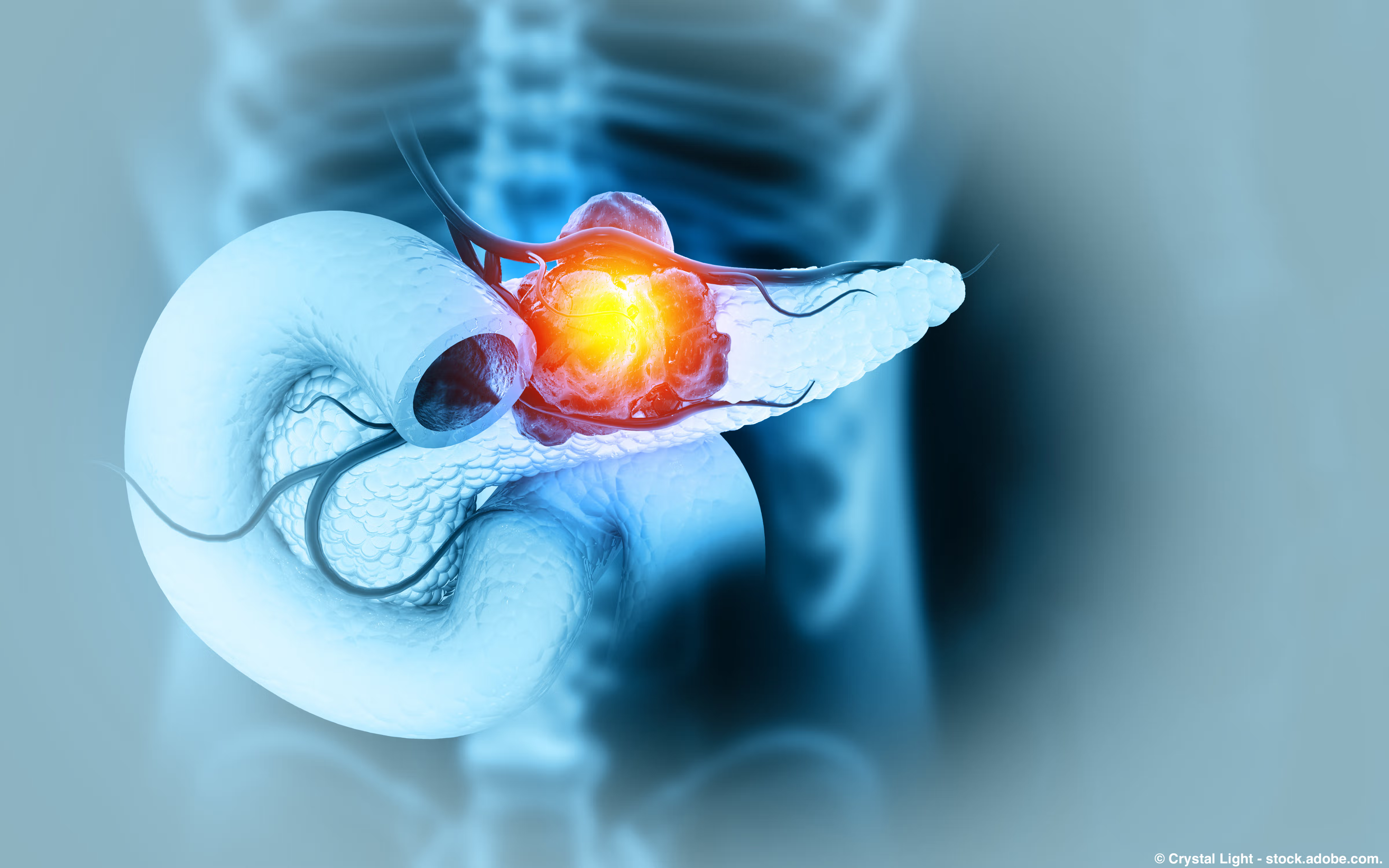Publication
Article
CURE
Expert Shines Light on Early Detection Options for Those at Increased Risk for Pancreatic Cancer
Author(s):
On behalf of the National Pancreas Foundation, Dr. Diane Simeone offers insight into early detection options for those at increased risk of pancreatic cancer, including surveillance and screening.
For individuals and their family members facing an increased risk of pancreatic cancer, early detection could make a world of difference. However, not many options are available aside from surveillance programs, and even early detection requires specialized imaging.
On the plus side, researchers are dedicated to finding better early detection options, such as a blood test.
“Early detection for pancreatic cancer is really a holy grail we have in the field,” Dr. Diane Simeone, director of the Pancreatic Cancer Center at NYU Langone Health in New York City, said in an interview with CURE®. “We really put a big effort in place and, in partnership with the National Pancreas Foundation, try to get information about what early detection tests are out there.”
CURE® spoke with Simeone about potential early detection options for those at increased risk of developing pancreatic cancer.
CURE®: What early detection methods are available now?
Simeone: We currently don’t have a perfect early detection test for pancreatic cancer. There are a lot of people that are working on developing and validating an early detection blood test for pancreatic cancer. I do think, based on the number and the high level of those efforts, that we’re likely to have such a test in the next five years.
What do surveillance programs consist of?
An important way to detect pancreatic cancer is to figure out who is at elevated risk and (which individuals) have sufficient elevated risk that they should be enrolled in a screening program. One of the important things that has been an advance is we’ve been able to develop guidelines (stating) that all patients with pancreatic cancer should get germline testing (for an inherited predisposition to the disease).
There are two points of value with that. One is, we know now that if someone has a pancreatic cancer that’s associated with certain germline mutations and a BRCA (gene) mutation, they would be a perfect example. That actually changes how we treat that patient. It will drive us to give that patient a different set of therapies than we otherwise would.
Second, it helps us identify patients’ family members who should also get tested or be put in a screening program. So (it’s really about) first making sure anybody who’s got pancreatic cancer gets tested (so that) we can identify family members at risk. We need doctors, when they see patients in the clinic as part of the routine physical exam, to do a thorough family history of cancer, and if that person has a family history of pancreatic cancer, to get them plugged in at a center that has expertise to really make sure that the appropriate patients get screened.
Can you discuss germline testing and its role in early detection?
Germline testing is a critical part of screening and testing for individuals at high risk. It’s surprising that germline testing is underutilized for patients at high risk. I see it all the time. I see individuals who have multiple family members with pancreas cancer that are seen by their doctor, and no one has recommended that they get germline testing.
Germline testing is a simple blood test (in which) DNA is isolated from the blood, and you can test for a battery of cancer susceptibility genes. Right now, we’ve identified about 15 genes that are associated with increased pancreatic cancer risk, and there are more to be found. With the cost so low, we advocate that anyone who has a family history of pancreas cancer please seek an expert opinion about whether a germline test should be done.
What are the next steps in early detection testing?
We’re at the cusp of developing an early detection blood test. I fully expect that that will be something available in the clinic in the next five years. Whether it’s a sensitive or specific enough test to be used for the general population or (for the) more refined population at risk still remains to be determined. We are really pushing for improved imaging modalities to find small pancreatic cancers.
Also, trying to better understand the link between diabetes and who has a new pancreatic cancer is important. About two-thirds of patients with pancreatic cancer will present with new-onset diabetes. And we don’t have a test that helps differentiate everybody that presents with diabetes, which is a large number of patients, versus those who selectively present with a new pancreatic cancer. So if we can develop a test and differentiate (between) those two (groups of patients), all of these things are going to be game-changers to improve survival for pancreatic cancer.
For more news on cancer updates, research and education, don’t forget to subscribe to CURE®’s newsletters here.




